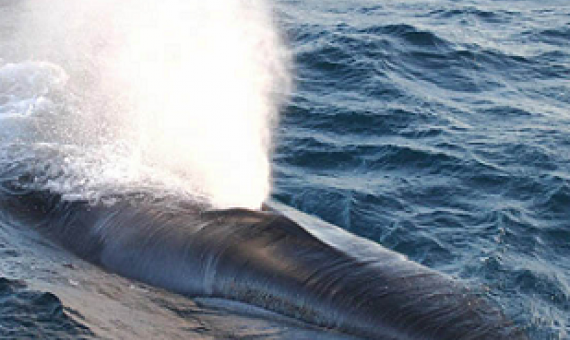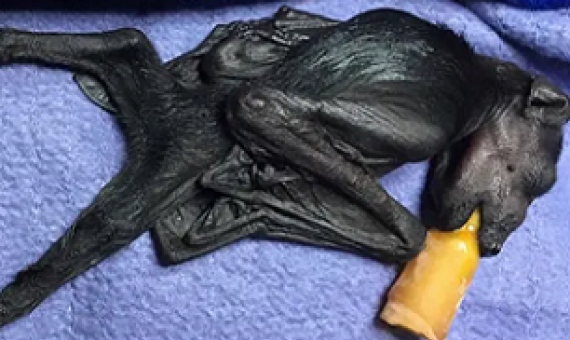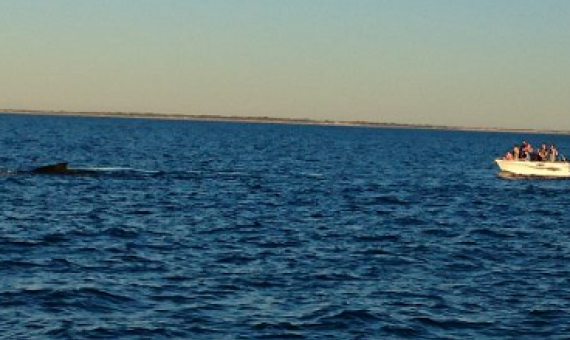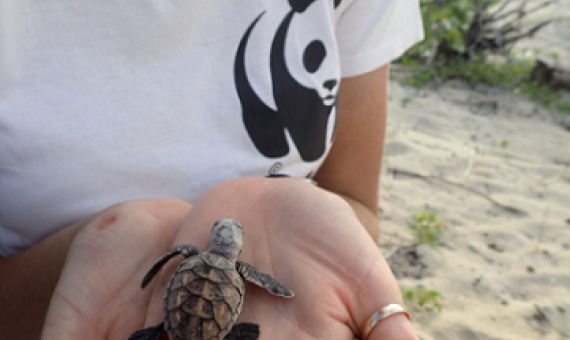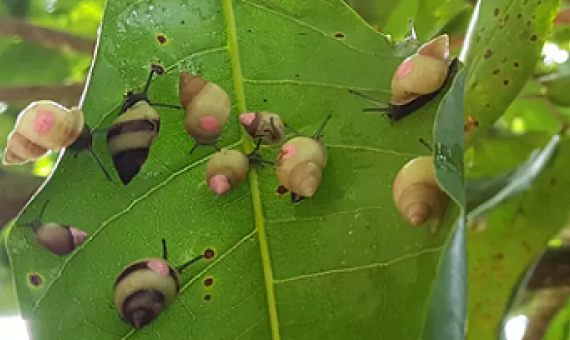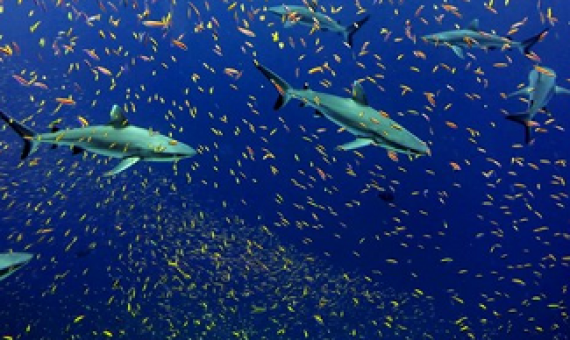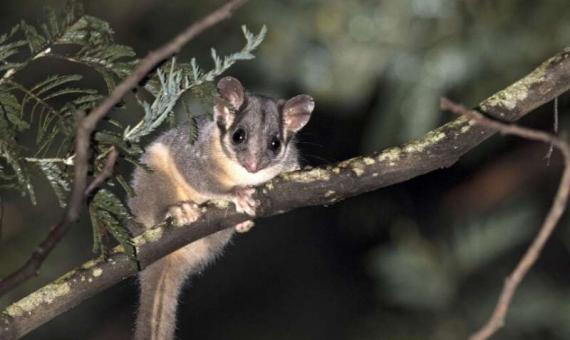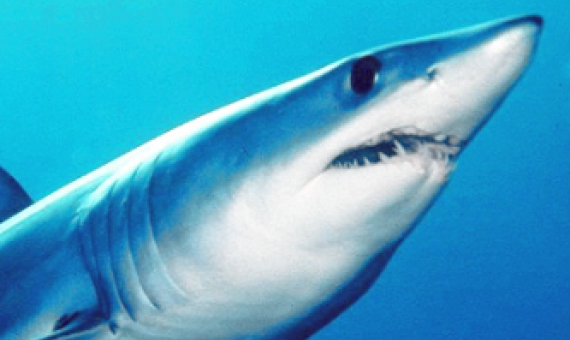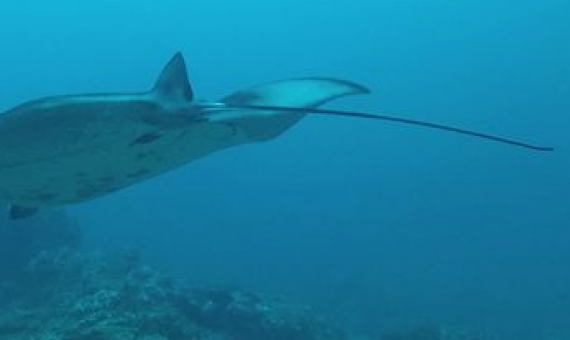A new subspecies of fin whale, the second-largest species on Earth after the blue whale, has been discovered by scientists in the Pacific Ocean...The northern fin whale subspecies was previously believed to include populations in the North Atlantic and North Pacific oceans, but a recent genetic a
Flying foxes, including threatened species, have been dying or taken into care in large numbers due to a food shortage in their habitat in eastern Australia.
The thrill of watching a whale up close or schools of dolphins frolicking in an ocean are much sought after experiences today, boosting the demand for tours that provide people the opportunity to see these marine animals in their natural habitats.
Royal Caribbean announced a major milestone today in its fight to save the Hawksbill Turtle from extinction.
They are some of the smallest animals on our planet, measuring from 1cm to 2cm in length. But the recent return of thousands of tiny tropical tree snails to French Polynesia represents one of the biggest reintroduction programmes ever attempted by conservationists.
For decades scientists and environmentalists have been sounding the alarm about shark population declines and calling for new and stronger laws to help sharks and related elasmobranch species recover from overfishing.
Victoria's conservation reserves are failing to protect threatened species such as the Leadbeater's possum and the Greater Glider with the best areas for survival instead allocated to logging, new research from The Australian National University (ANU) warns.
A proposal to strengthen protections for both shortfin and longfin mako sharks, hunted for their meat and fins, was adopted today after a 102-40 secret ballot vote at the global wildlife trade summit.
Countries have agreed to strengthen protections for 18 threatened species of sharks and rays, including those hunted for their meat and fins.The proposal was passed at the Convention on International Trade in Endangered Species (CITES) on Sunday.
RAPID ASSESSMENT TOOLKIT FOR SHARKS AND RAYS
This Toolkit offers a suite of simple tools for collecting the sound scientific data needed for the conservation and sustainable management of shark and ray populations. The kit has been designed for use in regions with limited capacity and resources, and it contains practical step-by-step guidelines for collecting data by a range of methods. Appropriate tools can be selected depending on the particular data gaps relevant to local waters.

